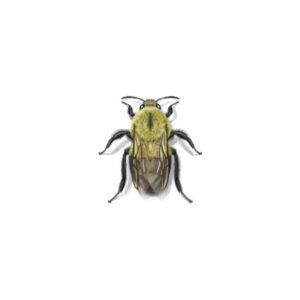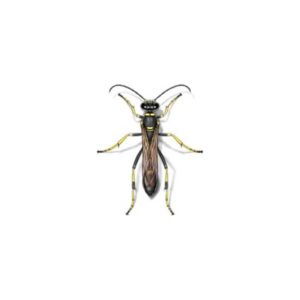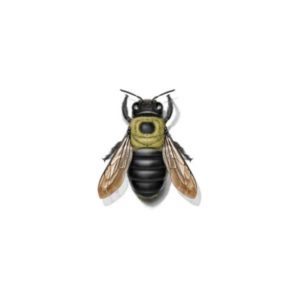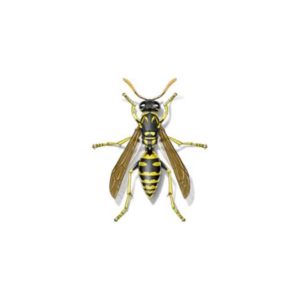Tarantula Hawk Wasps in Albuquerque NM
Tarantula hawk wasps are solitary wasps and one of the largest of its species. They can look metallic in color with orange-colored wings. They also have hooked claws. Found in the deserts of the southwest United States, these wasps can exceed 1.5”. Tarantula hawk wasps possess a powerful sting, which it uses to subdue its tarantula spider prey. These wasps are usually not aggressive, but the sting has been documented among the most painful of any insect. If you see these wasps, it’s important to stay cautious and avoid them.
Tarantula Hawk Wasp Nests & Habitat
Tarantula hawk wasps do not build nests in the normal sense. Instead, they burrow into the soil or use natural cavities or burrows of other animals and insects. Most hunting occurs at dusk, and adults will spend the day feeding on and around flowers. The larvae of the wasp feed on tarantulas that the female has paralyzed and provided. The tarantula hawk wasp is found in a variety of desert habitats such as shrublands, grasslands, and arroyos. They are often seen around flowers or running across the ground. As mentioned previously they tend to be solitary.
Tarantula Hawk Wasp Behaviors & Stings
These wasps are not very aggressive and rarely will sting. However, the sting of the tarantula hawk wasp is known as the most painful sting in the entire world. Luckily, if one is stung by this wasp, the pain only lasts a few minutes and their venom is harmless to humans. Males do not have stingers, but females do, and will not sting unless provoked. If one spots a tarantula hawk wasp on their property, it is vital to just leave it alone. Always contact your local wasp control experts for advice and assistance with these wasps.
Need help with tarantula hawk wasps?
We'll call you! Leave your information below.





